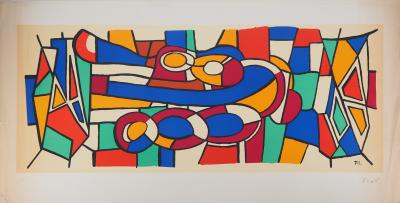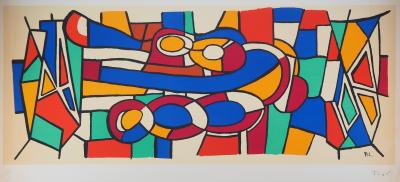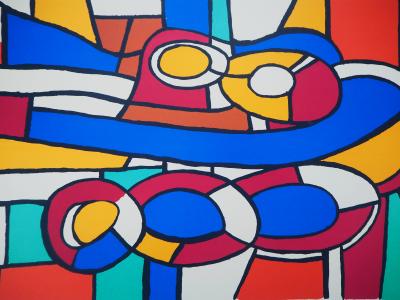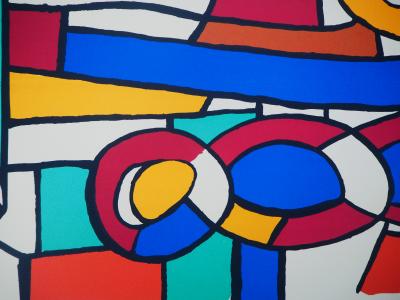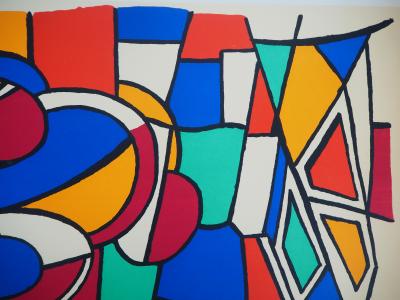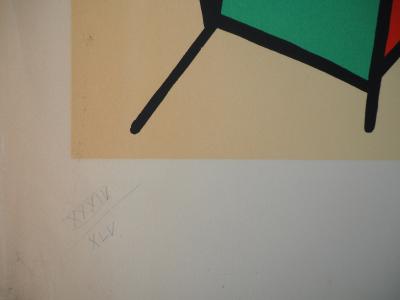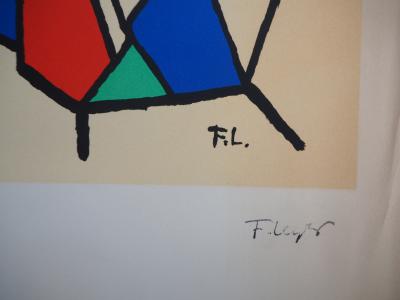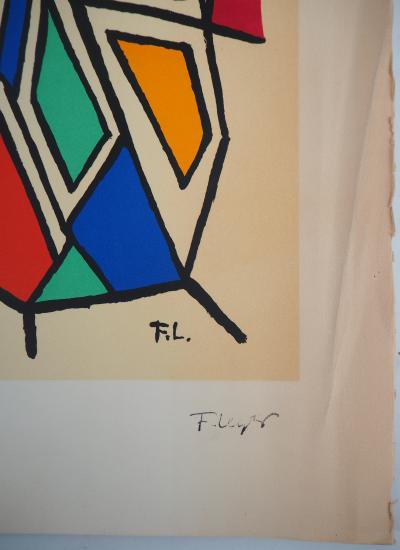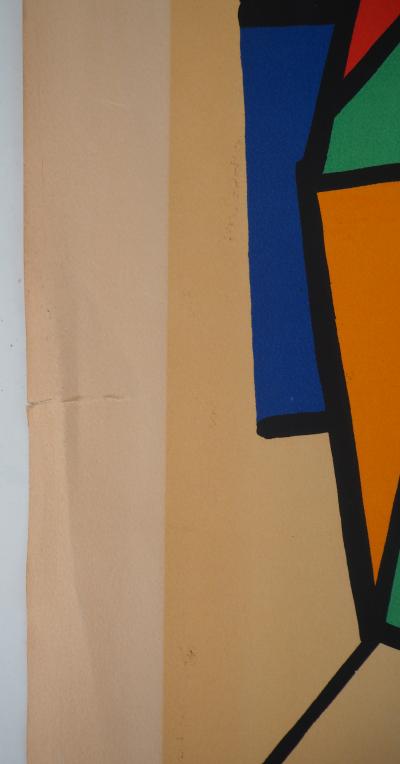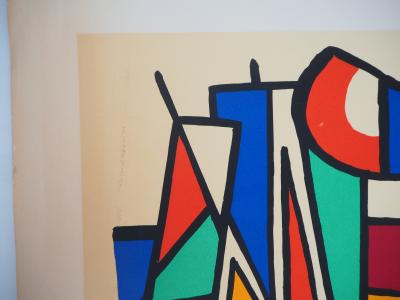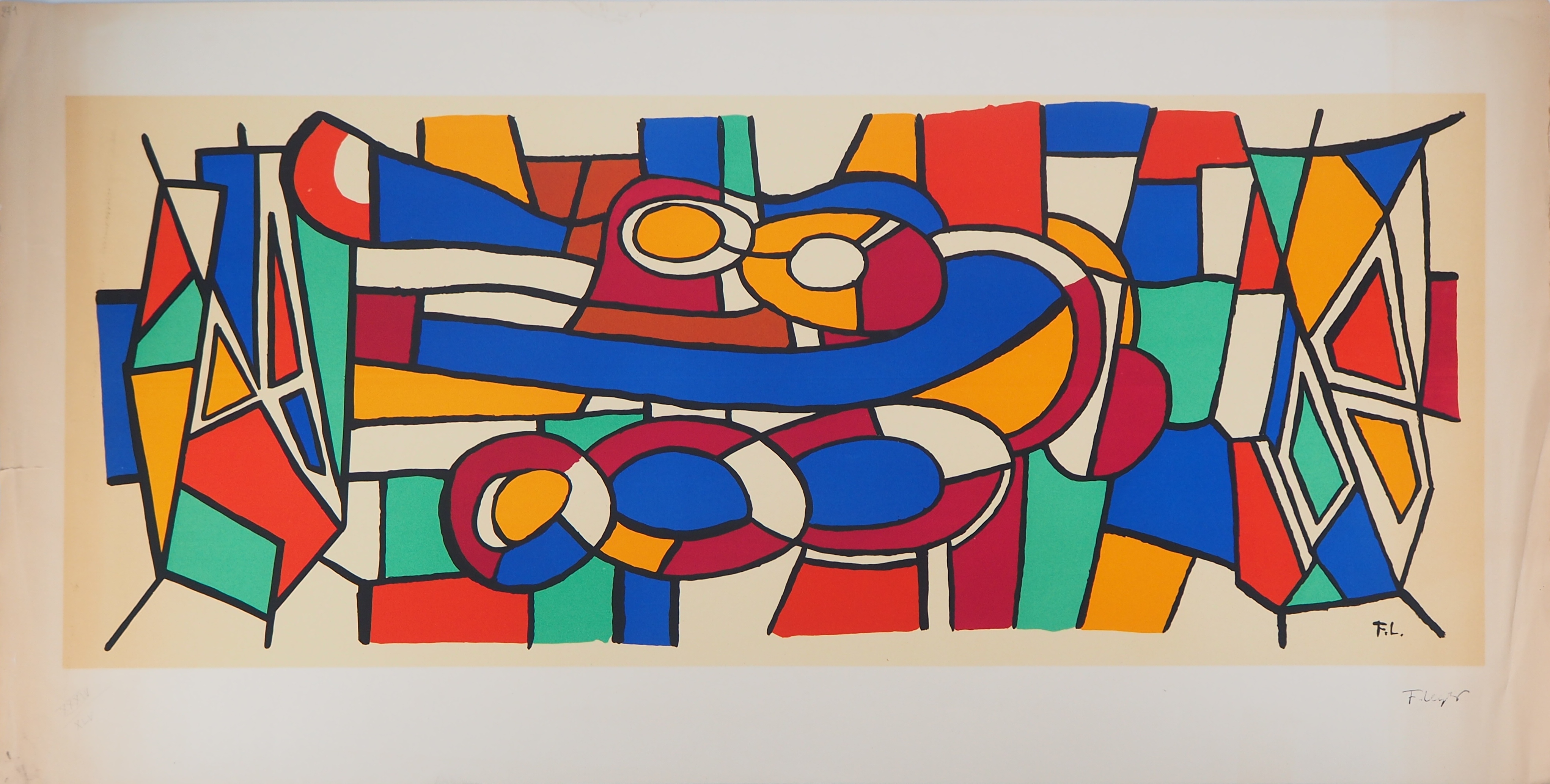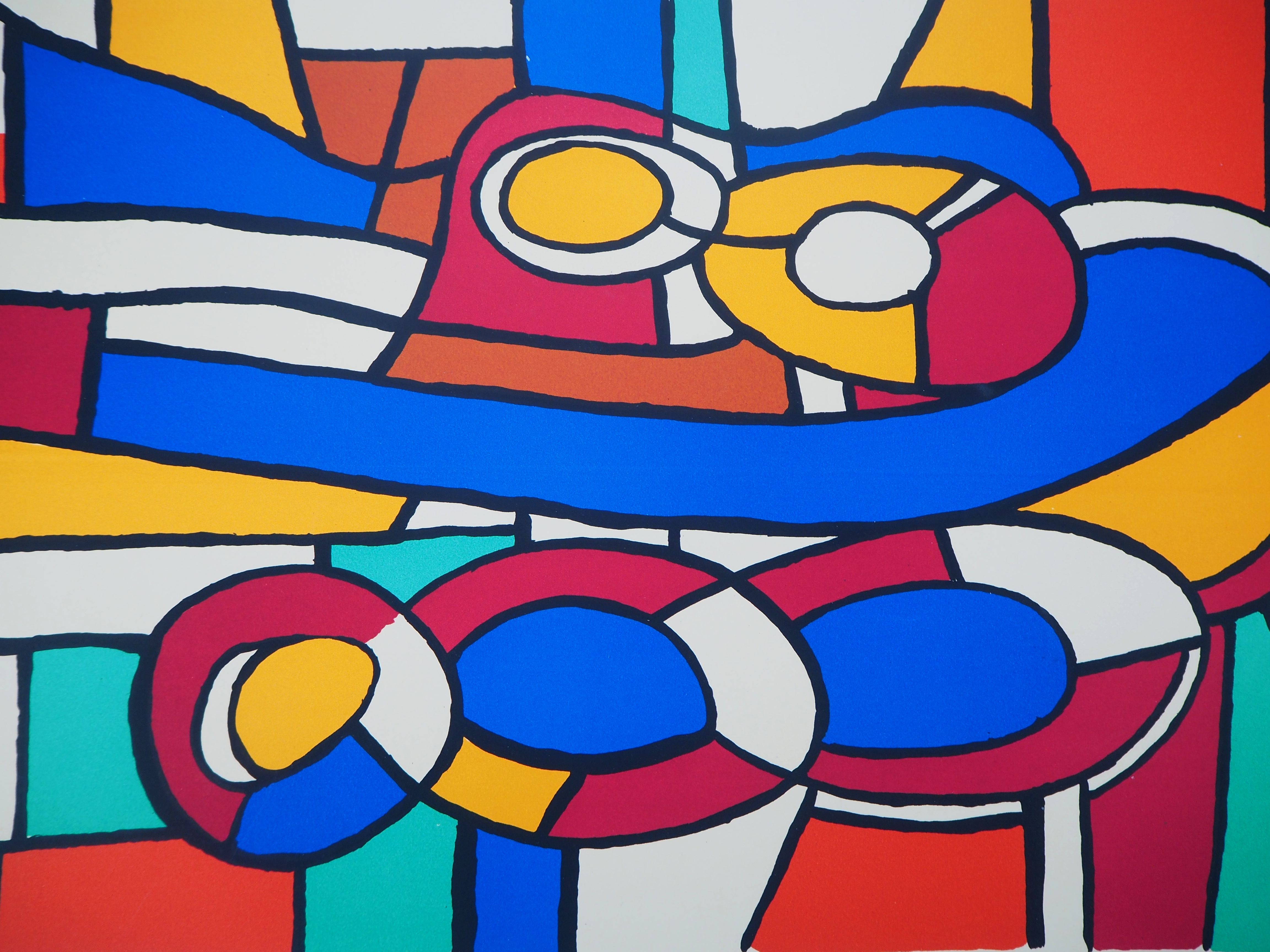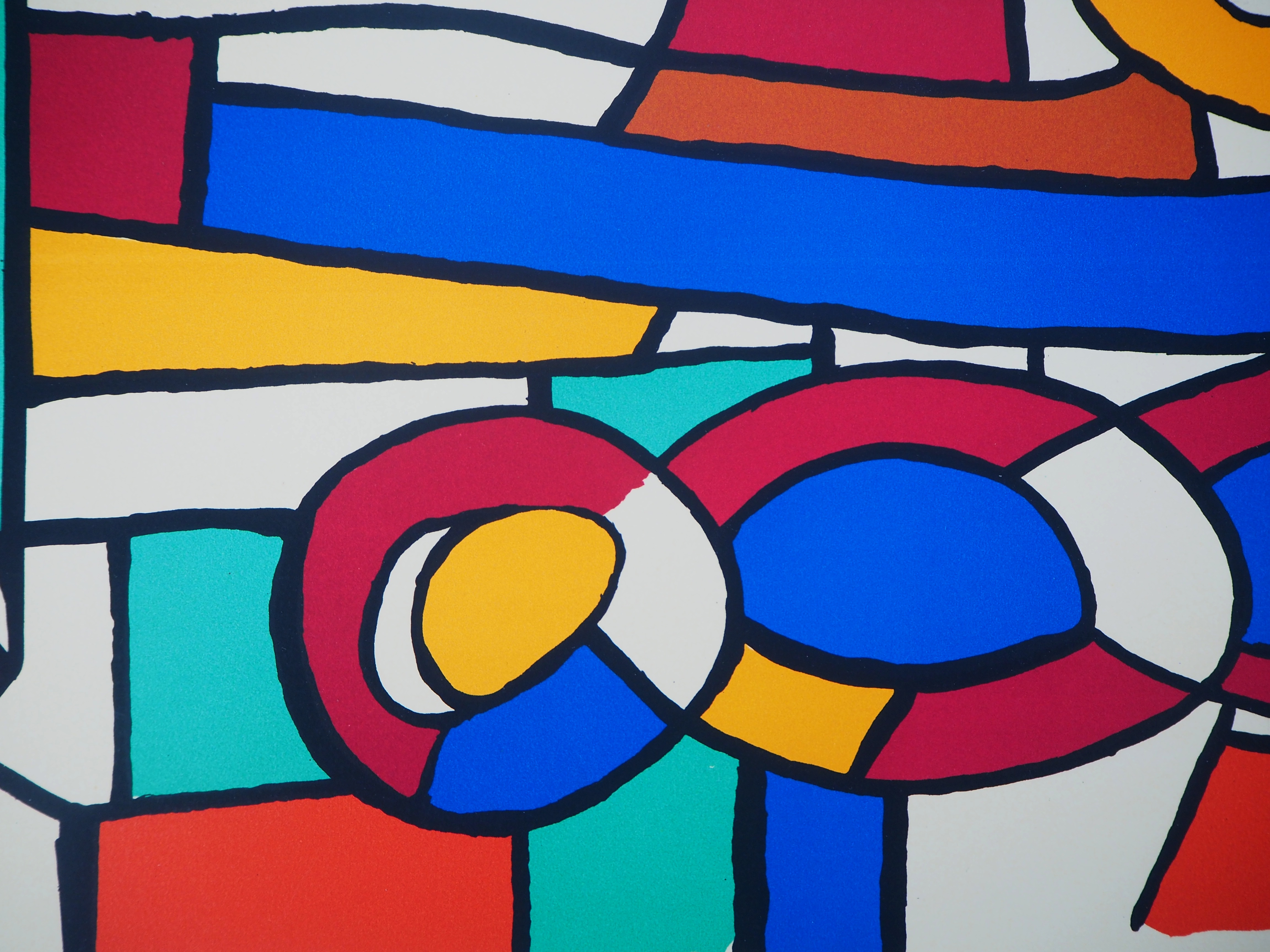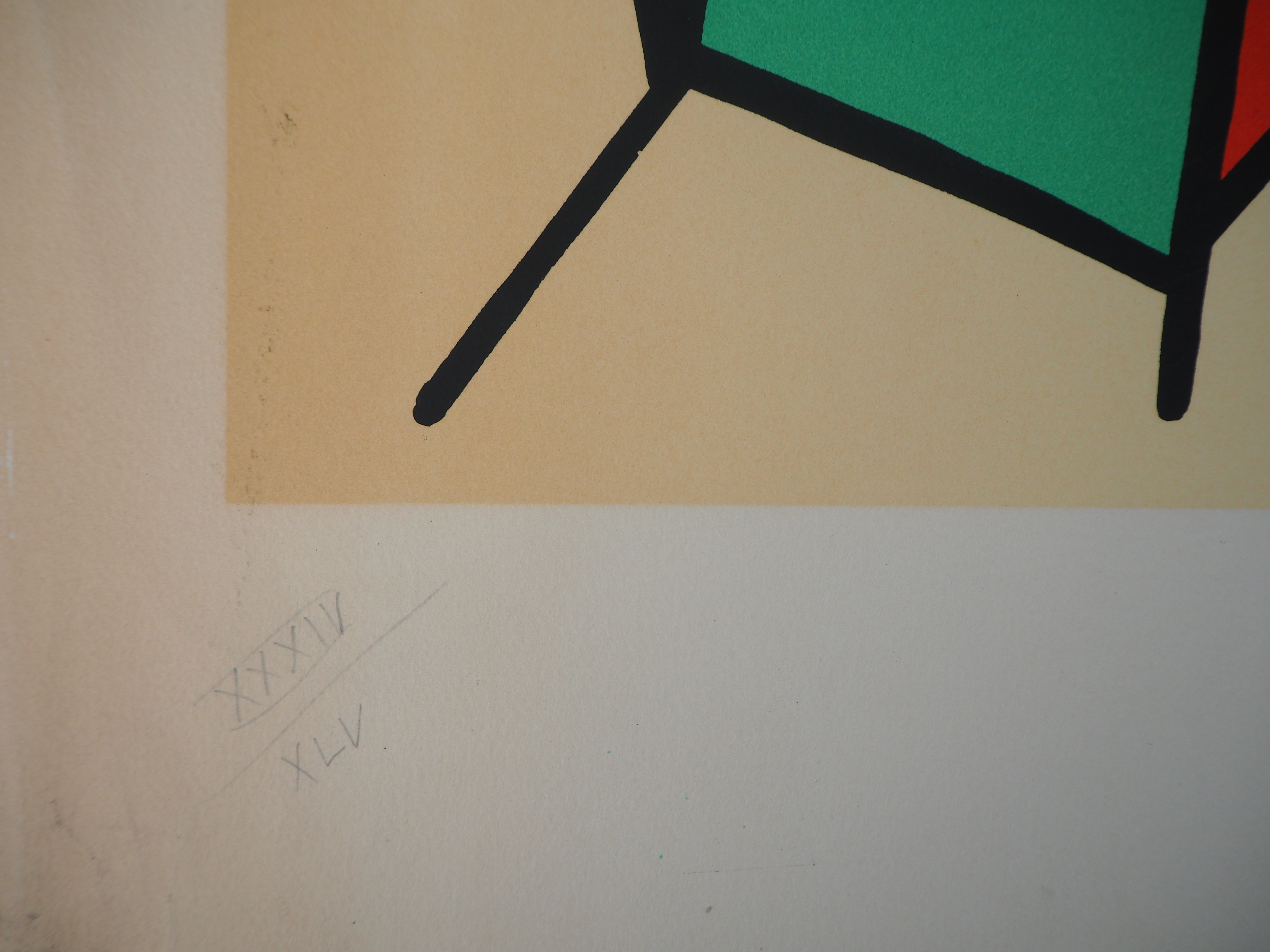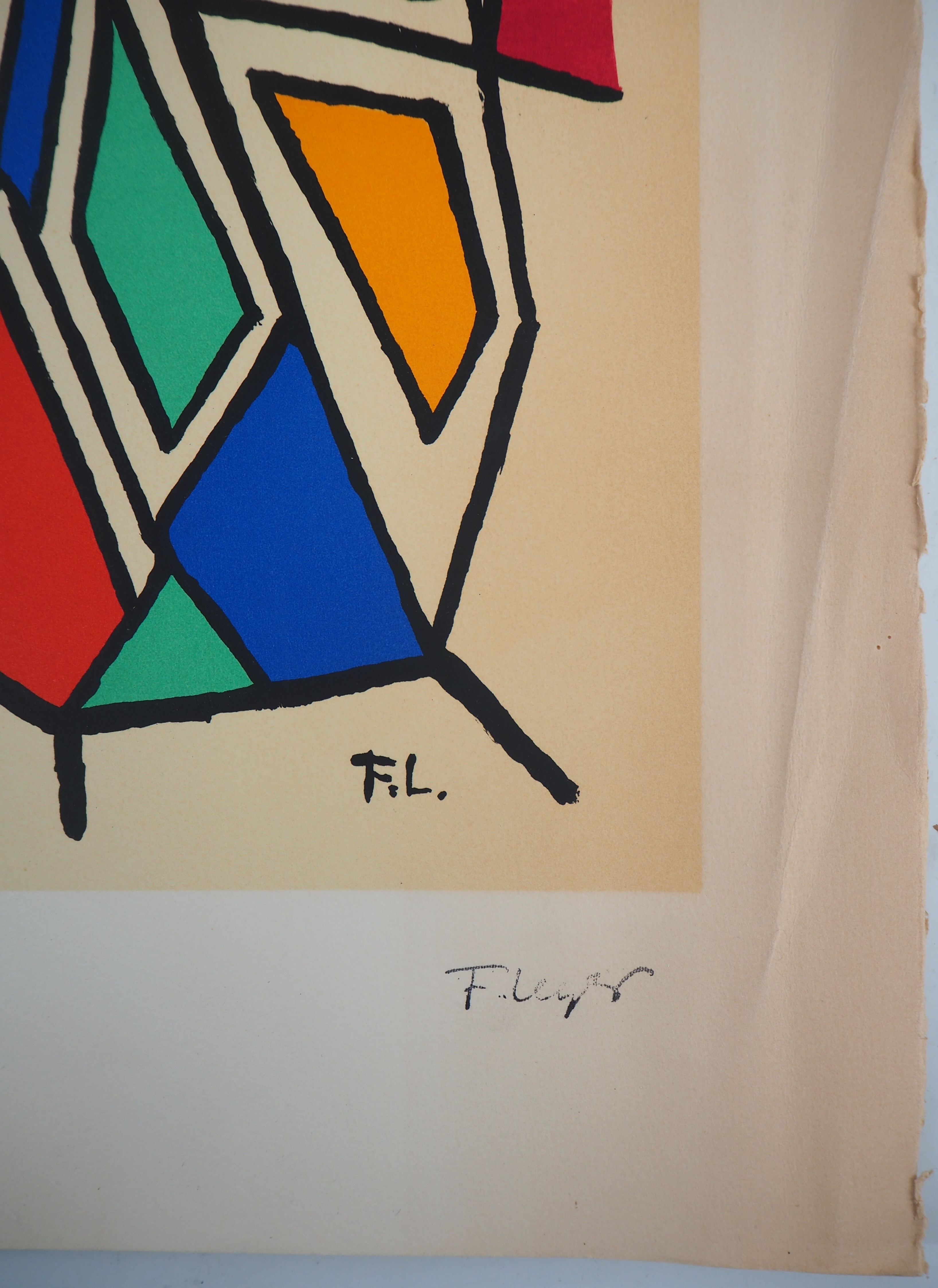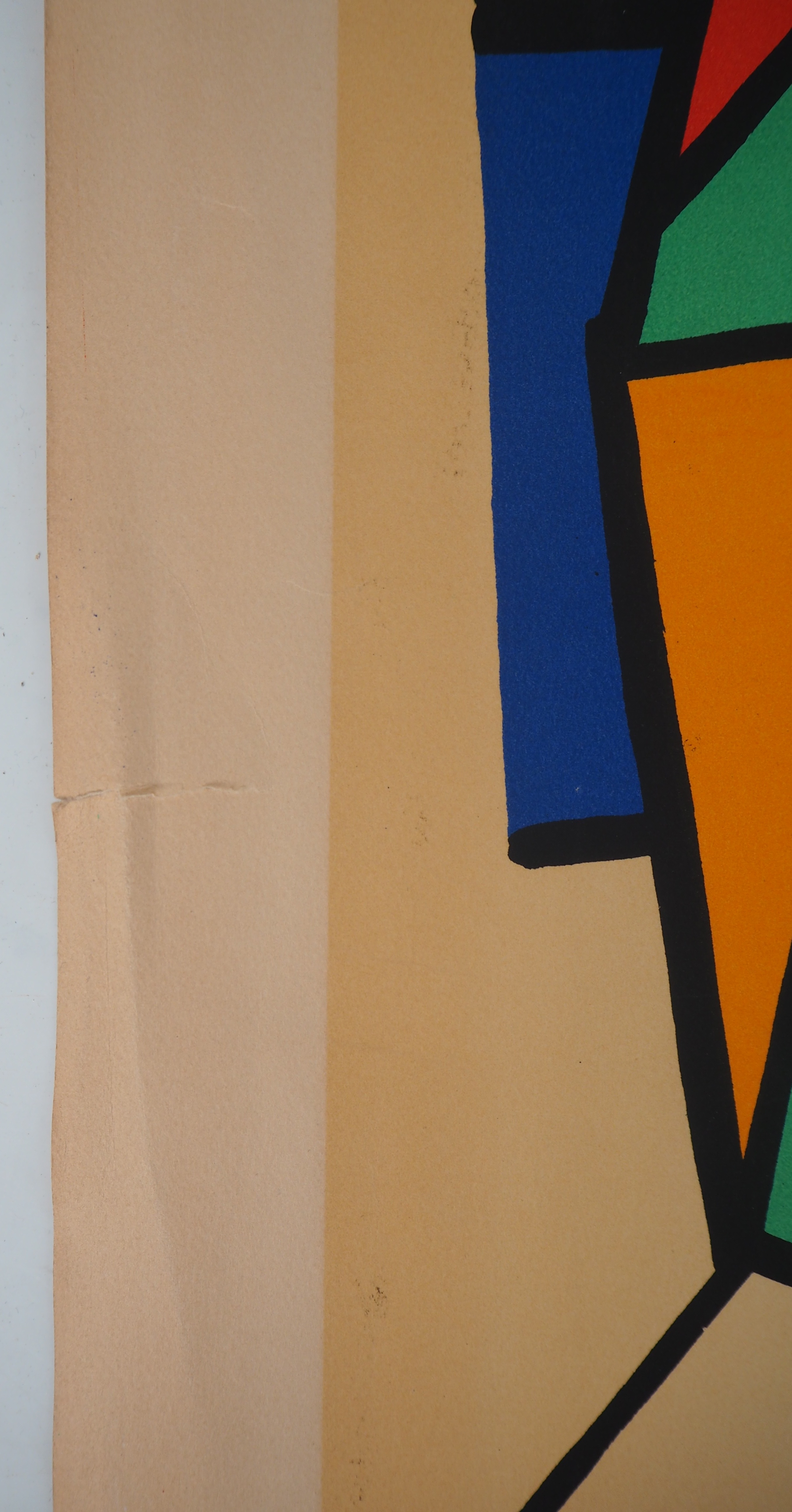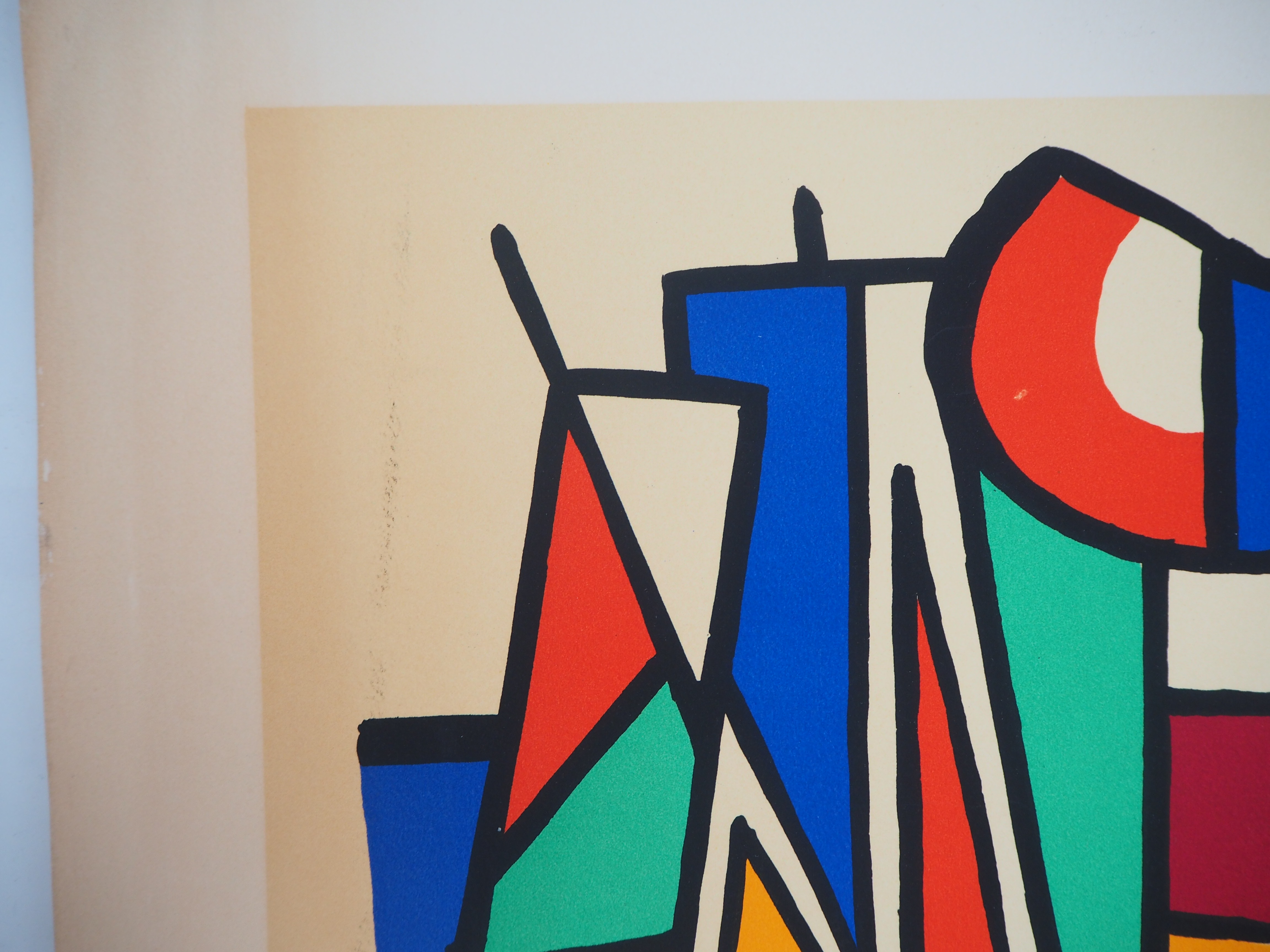-
-
- Alex Katz(1)
- Alexander Calder(19)
- André Derain(88)
- Andy Warhol(23)
- Antoni Tapiès(10)
- Arman(27)
- Aurélie Nemours(1)
- Bengt Lindström(7)
- Bernard Buffet(163)
- César(6)
- Charles Eames(1)
- Charlotte Perriand(17)
- Claude Weisbuch(33)
- Corneille van Beverloo(13)
- Eduardo Chillida(10)
- François Morellet(1)
- Georges Braque(72)
- Gustav Klimt(7)
- Hans Bellmer(16)
- Hans Hartung lithograph(23)
- Henri Matisse(130)
- Hervé Télémaque(6)
- Jacques Villeglé(5)
- Jean Cocteau(232)
- Jean Hélion(7)
- Jean Miotte(5)
- Jean Picart Le Doux(3)
- Joan Miro(120)
- Karel Appel(1)
- Keith Haring(9)
- Ladislas Kijno(2)
- Léonard Tsugouharu Foujita(44)
- Leonor Fini(101)
- Louis Toffoli(7)
- Marc Chagall(331)
- Marie Laurencin(40)
- Maurice de Vlaminck(39)
- Maurice Utrillo(10)
- Max Ernst(28)
- Mimmo Rotella(4)
- Niki de Saint Phalle(2)
- Pablo Picasso(402)
- Peter Klasen(4)
- Philippe Pasqua(3)
- Pierre Alechinsky(35)
- Pierre Soulages lithographs(31)
- Pierre Tal-Coat(6)
- Pierre-Yves Trémois(26)
- Raoul Dufy(48)
- Robert Combas(9)
- Salvador Dali(400)
- Théo Tobiasse(3)
- Tony Soulié(5)
- Valério Adami(32)
- Victor Vasarely(5)
- Yves Brayer(42)
- Zao Wou-Ki(11)
Top artists -
-
-
-
- Alex Katz(1)
- Alexander Calder(19)
- André Derain(88)
- Andy Warhol(23)
- Antoni Tapiès(10)
- Arman(27)
- Aurélie Nemours(1)
- Bengt Lindström(7)
- Bernard Buffet(163)
- César(6)
- Charles Eames(1)
- Charlotte Perriand(17)
- Claude Weisbuch(33)
- Corneille van Beverloo(13)
- Eduardo Chillida(10)
- François Morellet(1)
- Georges Braque(72)
- Gustav Klimt(7)
- Hans Bellmer(16)
- Hans Hartung lithograph(23)
- Henri Matisse(130)
- Hervé Télémaque(6)
- Jacques Villeglé(5)
- Jean Cocteau(232)
- Jean Hélion(7)
- Jean Miotte(5)
- Jean Picart Le Doux(3)
- Joan Miro(120)
- Karel Appel(1)
- Keith Haring(9)
- Ladislas Kijno(2)
- Léonard Tsugouharu Foujita(44)
- Leonor Fini(101)
- Louis Toffoli(7)
- Marc Chagall(331)
- Marie Laurencin(40)
- Maurice de Vlaminck(39)
- Maurice Utrillo(10)
- Max Ernst(28)
- Mimmo Rotella(4)
- Niki de Saint Phalle(2)
- Pablo Picasso(402)
- Peter Klasen(4)
- Philippe Pasqua(3)
- Pierre Alechinsky(35)
- Pierre Soulages lithographs(31)
- Pierre Tal-Coat(6)
- Pierre-Yves Trémois(26)
- Raoul Dufy(48)
- Robert Combas(9)
- Salvador Dali(400)
- Théo Tobiasse(3)
- Tony Soulié(5)
- Valério Adami(32)
- Victor Vasarely(5)
- Yves Brayer(42)
- Zao Wou-Ki(11)
Top artists -
-
Fernand LEGER - Stained glass, Maternity - Original screenprint, Signed
Stained glass, Maternity
Original silkscreen in colors
Signed with the artist's stamp and signed in the plate
Authenticated on the back by the wife of the artist Nadia Léger
On 52 × 102.5 cm vellum
Numbered out of 45 copies (in Roman numerals)
Good condition, the sheet slightly yellowed and some flaws (especially in the margins - take a look at the photos)
Dimensions :
- Height : 52 cm
- Width : 102 cm
Vitrail, Maternité
Sérigraphie originale en couleurs
Signée du cachet de l'artiste et signée dans la planche
Authentifiée au dos par la femme de l'artiste Nadia Léger
Sur vélin 52 × 102.5 cm
Numérotée sur 45 exemplaires (en chiffres romains)
Bon état, le feuillet légèrement jauni et des défauts (surtout dans les marges - bien regarder les photos)
Screen print :
Screen printing, also known as silkscreen, serigraphy, and serigraph printing - from latin "Sericum (silk) and greek "grapheion" (writing) - is a printing technique that uses a woven mesh to support an ink-blocking stencil to receive a desired image. The attached stencil forms open areas of mesh that transfer ink or other printable materials which can be pressed through the mesh as a sharp-edged image into a substrate. It is possible to use different meshes, for different colors, and create multi-colored works.
In the field of art, it is important to know how many prints have been made. The total number of prints is usually written on the print (e.g 20/200).
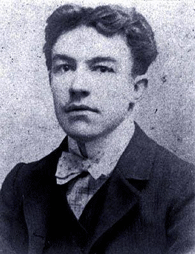 Fernand Léger :
(1881-1955) is a french painter, and also a creator of tapestries and stained-glass windows cartons, decorator, ceramist, sculptor, draughtsman, and illustrator. He was one of the firsts to exhibit publicly cubist-orientated works, even if his style was sometimes qualified "tubist".
Starting 1903, Léger is already sharing a studio with the painter André Mare. After failing at the Beaux-Arts, he trained in several academies. The famous Daniel-Henry Kahnweiler became his art dealer.
In 1907 he was struck by the Cézanne retropspective, which strongly orientated his painting. The same year, he discovered Picasso's and Braque's cubism. Starting 1908 he was working along with Modigliaeni, Laurens, and Alexander Archipenko, and became friends with Blaise Cendrars, Max Jacob and Guillaume Apollinaire, and echoed with the painter Robert Delaunay.
In 1909 he painted "La Couseuse", which opened his cubist period. With "Nu dans la forêt" (1909-1910), Léger proposed a personal cubism. In certain respects, this work is an anticiption of the italian futurism. If he is sharing the cubist attention to create a non figurative realism, he distinguishes himself from the Montmartrois by imposing visual cubism, and not an intellectual one.
In 1924, with the help of Dudley Murphy, he shot the film "Ballet mécanique". The same year, he got closer to the purists and took part in the revue "L'esprit Nouveau".
According to Vauxcelles, he practiced« tubism ». The interest he has in the dynamism « reflection of the modern world », drove him to keep away from intimistic and traditional themes depicted by Braque or Picasso, so as to paint contemporary subjects.
Fernand Léger joined the communist party in 1945, and remained a member until the end of his life.
In Biot (Alpes-Maritimes), the Musée national Fernand Léger, built by his wife, Nadia Léger, and Georges Bauquier, is dedicated to him, and showw the biggest collection of his works.
Fernand Léger :
(1881-1955) is a french painter, and also a creator of tapestries and stained-glass windows cartons, decorator, ceramist, sculptor, draughtsman, and illustrator. He was one of the firsts to exhibit publicly cubist-orientated works, even if his style was sometimes qualified "tubist".
Starting 1903, Léger is already sharing a studio with the painter André Mare. After failing at the Beaux-Arts, he trained in several academies. The famous Daniel-Henry Kahnweiler became his art dealer.
In 1907 he was struck by the Cézanne retropspective, which strongly orientated his painting. The same year, he discovered Picasso's and Braque's cubism. Starting 1908 he was working along with Modigliaeni, Laurens, and Alexander Archipenko, and became friends with Blaise Cendrars, Max Jacob and Guillaume Apollinaire, and echoed with the painter Robert Delaunay.
In 1909 he painted "La Couseuse", which opened his cubist period. With "Nu dans la forêt" (1909-1910), Léger proposed a personal cubism. In certain respects, this work is an anticiption of the italian futurism. If he is sharing the cubist attention to create a non figurative realism, he distinguishes himself from the Montmartrois by imposing visual cubism, and not an intellectual one.
In 1924, with the help of Dudley Murphy, he shot the film "Ballet mécanique". The same year, he got closer to the purists and took part in the revue "L'esprit Nouveau".
According to Vauxcelles, he practiced« tubism ». The interest he has in the dynamism « reflection of the modern world », drove him to keep away from intimistic and traditional themes depicted by Braque or Picasso, so as to paint contemporary subjects.
Fernand Léger joined the communist party in 1945, and remained a member until the end of his life.
In Biot (Alpes-Maritimes), the Musée national Fernand Léger, built by his wife, Nadia Léger, and Georges Bauquier, is dedicated to him, and showw the biggest collection of his works.
-
Create an alert
Create an alert
Please subscribe to our free alert service to be notified when a similar item is available on the website.
This item is not available. Please click on « View the catalog » to see similar items available.
